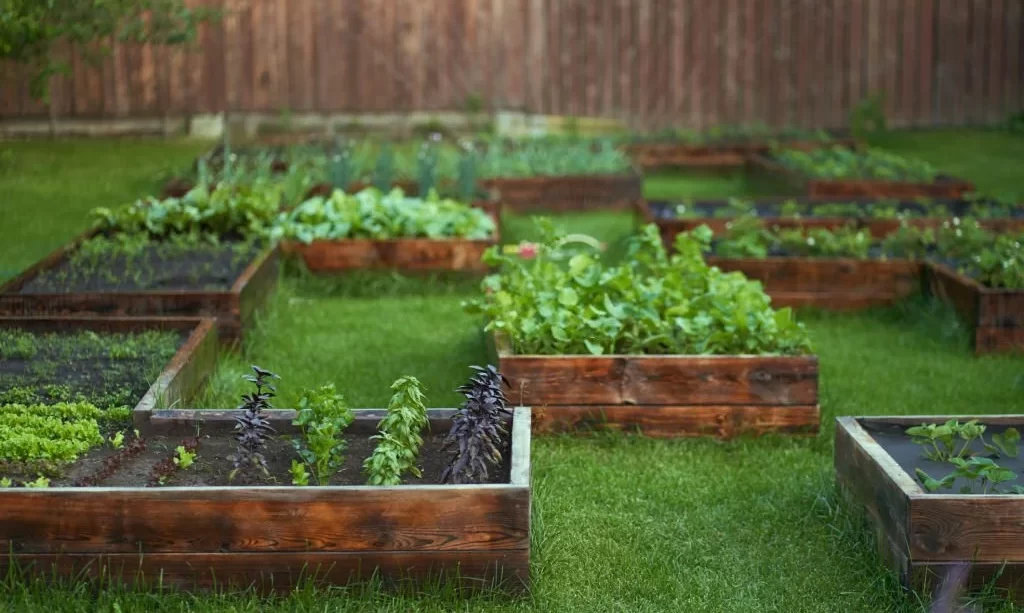Gardening is a fascinating journey of nurturing plants and watching them thrive, but the key to success often lies in the soil. One common soil amendment that has gained popularity over the years is peat moss. It’s praised for its ability to improve soil structure and moisture retention. However, not all vegetables are equally fond of this organic material. In this article, we’ll explore the vegetables that may not appreciate peat moss and the reasons behind it. Understanding which vegetables prefer different soil conditions can help you tailor your garden to their unique needs, ultimately leading to a more bountiful harvest.
The Benefits and Drawbacks of Peat Moss
Peat moss has long been a go-to choice for gardeners looking to enhance their soil. It excels at improving soil structure by loosening heavy clay soils and increasing water retention in sandy soils. It’s also known for its acidity, which can benefit acid-loving plants. However, the use of peat moss is not without its drawbacks.
One significant concern is its impact on the environment. Peat moss is harvested from peat bogs, which are sensitive and slow-to-renew ecosystems. This practice raises environmental questions, especially when considering the limited availability of these resources.
Vegetables That Prefer Different Soil Conditions
While peat moss may be a suitable soil amendment for many crops, some vegetables have distinct preferences that don’t align with peat moss. For example, root crops like carrots and beets generally prefer well-drained, loamy soils and can be stunted by the water-holding capacity of peat moss. These vegetables require loose, friable soil to develop straight, uniform roots.
Additionally, legumes such as peas and beans have a natural ability to fix nitrogen from the air. Peat moss can interfere with this process due to its low nitrogen content, making it less suitable for these crops. The nitrogen-fixing nodules on the roots of legumes may not form as effectively in the presence of excessive peat moss.
Overall, understanding the preferences of different vegetables can guide your soil amendment choices, ensuring that your garden thrives with the right conditions for the specific crops you’re cultivating.
Impact of Soil pH
Another critical aspect to consider when using peat moss in your garden is its effect on soil pH. Peat moss is naturally acidic, which can be beneficial for plants that thrive in acidic conditions, such as blueberries and azaleas. However, it may not be the best choice for vegetables that prefer neutral to slightly alkaline soils.
Soil pH plays a vital role in plant nutrition. While peat moss can lower the pH, making the soil more acidic, it may not be suitable for crops like asparagus and cabbage, which thrive in near-neutral to slightly alkaline pH levels. These vegetables can suffer in overly acidic conditions, leading to nutrient imbalances and reduced growth. Therefore, understanding the pH requirements of your chosen vegetables is crucial in determining whether peat moss is a compatible soil amendment for your garden.
Alternatives to Peat Moss for Vegetable Gardens
For gardeners looking to avoid peat moss or cater to the specific needs of their vegetables, there are several alternatives to consider. Organic matter, such as well-rotted compost or aged manure, can improve soil structure and moisture retention without affecting pH. These alternatives also enrich the soil with essential nutrients, benefiting a wide range of crops.
Coir, derived from coconut husks, is another eco-friendly option that resembles peat moss in texture and water-holding capacity. Unlike peat moss, coir is a renewable resource, making it a more sustainable choice. Perlite and vermiculite can be added to improve drainage and aeration in soil without impacting pH. As you customize your garden’s soil conditions, these alternatives offer flexibility and effectiveness in nurturing various vegetables.
Conclusion
In the world of gardening, the quest for the perfect soil mix is ongoing. While peat moss offers valuable benefits for many plants, some vegetables may not thrive with this soil amendment due to their unique preferences for soil texture, pH, and moisture levels. As you embark on your gardening journey, understanding the specific needs of the vegetables you want to grow is paramount.
Whether you choose to use peat moss or explore alternative soil amendments, the key is to create an environment where your vegetables can flourish. By tailoring your garden to the distinct requirements of your crops, you’ll not only enjoy a more bountiful harvest but also contribute to a more sustainable and eco-conscious approach to gardening. In the end, it’s all about nurturing your plants and reaping the rewards of a healthy and thriving vegetable garden.



